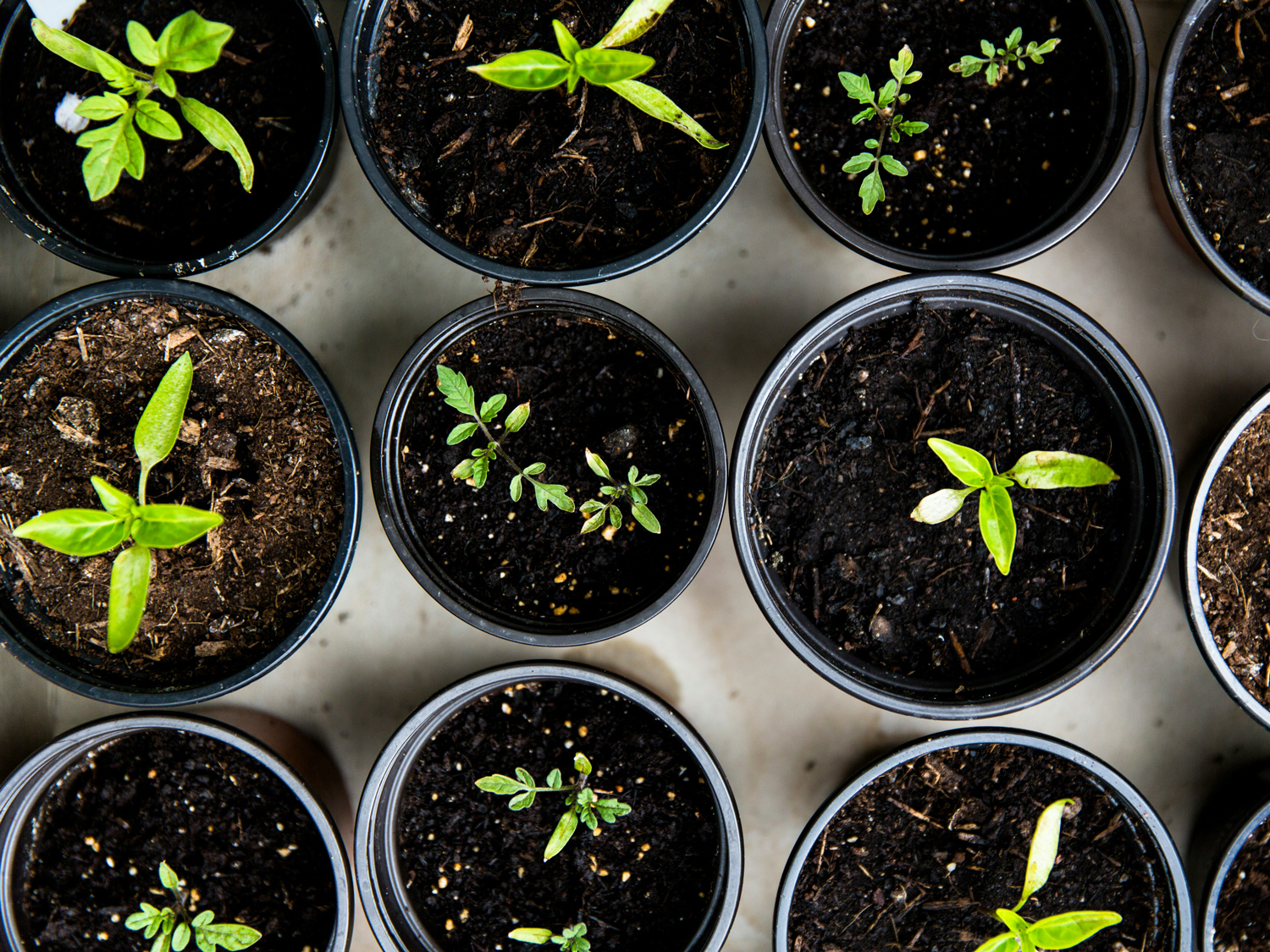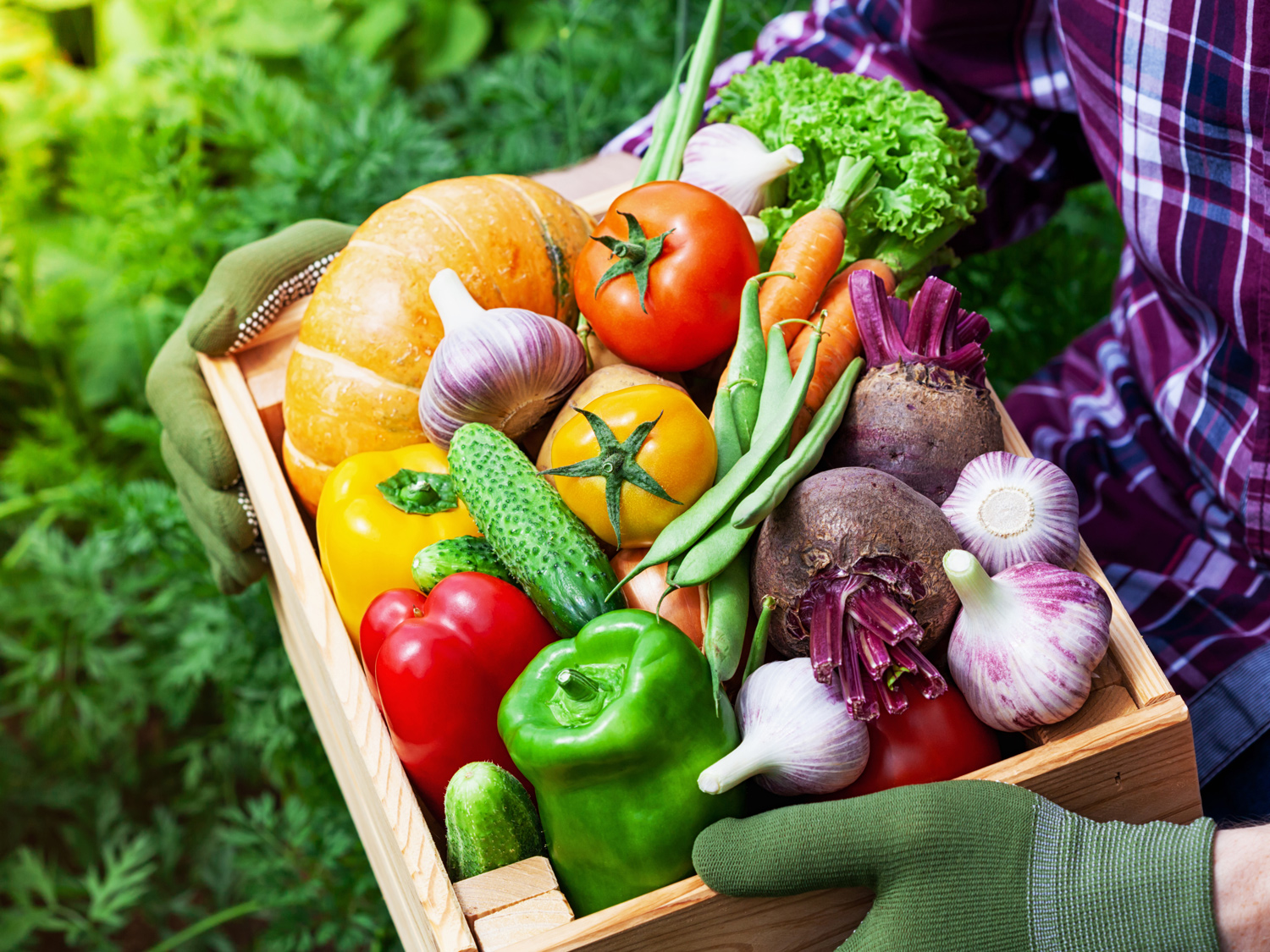Brassica, Rutabaga, Improved Helenor ~ 120 seeds


- Sun Preference
- Full-Sun
Description
This easy to grow Dutch rutabaga (a.k.a. swede) has a fine texture and warm, rich flavors like apples crossed with turnips. High yielding Helenor roots develop good color early, with creamy exteriors splashed with violet and yellow interior flesh. This mainstay root vegetable is ready to harvest and enjoy from tennis to softball size to use as needed from the garden. You’ll love them tossed in olive oil, then roasted or sautéed to bring out their natural sweetness.
Seed Starting Successfully
Start your garden from scratch with Gertens' wide variety of seed packets! Whether you're a seasoned gardener or just starting out, we have seeds for every skill level and garden size. From colorful flowers to delicious vegetables, our seeds are carefully selected for their quality and performance.
Details
Cold Winters: June – July
Mild Winters: Aug – Sept, Mar – Apr
Sun/Shade: Full sun
Sow Seeds: 2 in. apart, 1/2 in. deep
Days To Germinate: 10 – 14 days
Days To Harvest: 85 – 90 days
START SEEDS DIRECTLY OUTDOORS
Mild Winter Areas: In midsummer, sow seeds in well-drained garden soil in full sun. Sow 2 inches apart and 1/2 inch deep in rows 12 inches apart. When several inches tall, thin seedlings to stand 6 inches apart, so roots have room to size up. If spring sowing is your only option, sow seed as soon as soil can be worked, and harvest as soon as roots size up to avoid them becoming fibrous.
Cold Winter Areas: Plant as above in early to midsummer, about 12 weeks before first fall frost, so roots will finish in cooler autumn weather. Flavor gets sweeter after a few frosts; mulch to protect roots from freezing.
GROWING NOTES
Rutabaga reach top quality and flavor maturing in cool weather, so are best planted midsummer for a fall crop. For best quality roots, keep plants consistently moist and well weeded. Use floating row covers or fine insect netting to keep out pests while seedlings are young.
HARVEST AND USE
Harvest as needed when roots reach tennis ball size; pull or dig out roots carefully. Rutabagas are delicious peeled, then cut in chunks, tossed with olive oil & roasted until tender by themselves or with other root vegetables. Or slice them up to sauté gently in butter, or steam and mash.
More Information
| Brand | Renee's Garden |
|---|---|
| Seed Packet Type | Vegetables |
| Common Family Name | Rutabaga |
| Sun Preference | Full-Sun |
| Deer Resistant | No |
| Harvest Time | Late Summer, Early Fall, Fall |
| Plant Life Cycle | Annual |
| Spacing Between Rows | 12" |
| Spacing in Row | 2" thin to 6" |
| Planting Depth | 1/2" |
| Days to Germination | 10-14 days |
| Days to Maturity | 85-90 days |


